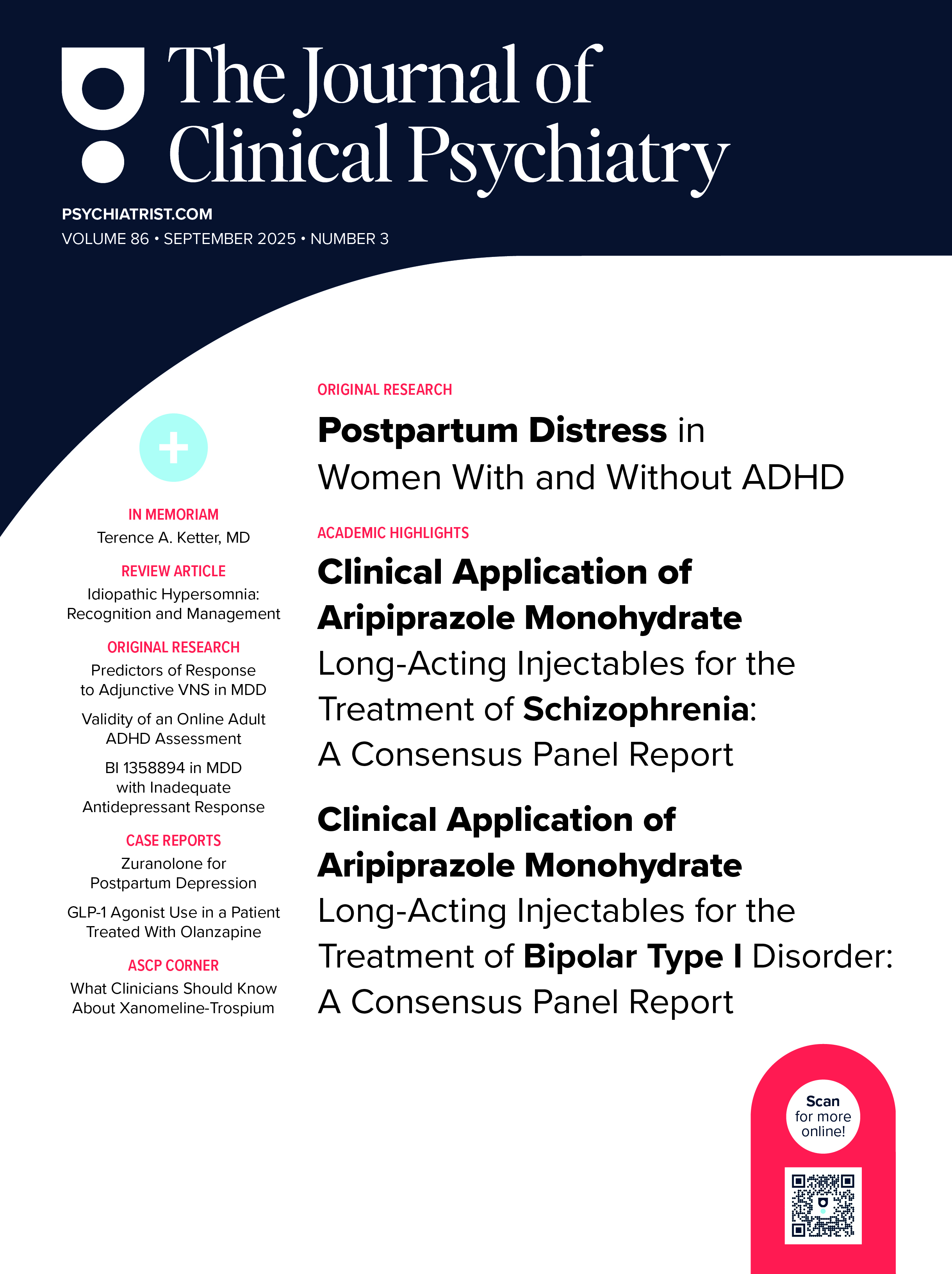Objective: To evaluate new pharmacotherapies for the treatment of major depressive disorder (MDD) in Hispanic Americans, the largest ethnic minority group in the United States.
Method: Efficacy and safety data were pooled from 7 double-blind, placebo-controlled clinical trials of duloxetine conducted from February 1999 through November 2002. English-speaking patients (aged >= 18 years) meeting DSM-IV criteria for MDD received duloxetine (40-120 mg/day; Hispanic, N = 58; Caucasian, N = 748) or placebo (Hispanic, N = 62; Caucasian, N = 594) for up to 9 weeks. Efficacy measures included the 17-item Hamilton Rating Scale for Depression (HAM-D-17) total score, HAM-D-17 subscales, the Clinical Global Impressions-Severity of Illness scale, the Patient Global Impression of Improvement scale, and the Visual Analog Scales for pain. Safety was assessed using discontinuation rates, treatment-emergent adverse events, vital signs, and laboratory analyses. Three sets of data were analyzed using different pooling strategies, including exploratory analyses with 470 subjects (Hispanic, N = 51; Caucasian, N = 419) receiving the recommended dose of 60 mg.
Results: No evidence for a differential effect of duloxetine in Hispanic and Caucasian patients was found in efficacy outcomes. Discontinuation rates due to adverse events among duloxetine-treated patients were 14.0% for Hispanics and 17.0% for Caucasians, compared with 3.2% and 5.7%, respectively, for placebo-treated patients (p = .671). The type of adverse events and their individual rate of occurrence did not differ significantly between Hispanic and Caucasian patients. Mean changes from baseline for pulse, blood pressure, weight, and laboratory analytes were small and showed no significant differences between Hispanic and Caucasian patients.
Conclusion: In this analysis of pooled data, no evidence for a differential effect of duloxetine in Hispanic and majority Caucasian patients was found in efficacy or safety outcomes.
Please sign in or purchase this PDF for $40.00.





